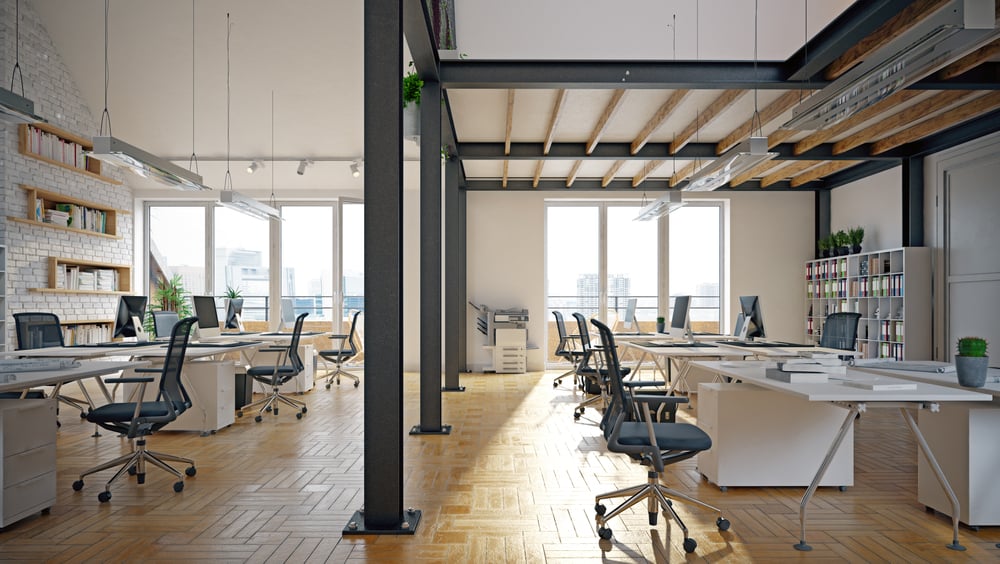The realm of office spaces has undergone a significant metamorphosis in the past decade, with shared office spaces leading the charge. As remote work becomes more mainstream and businesses recognize the value of flexibility, shared office environments are no longer just the territory of startups. In 2023, several trends are shaping the future of these shared spaces, making them more inclusive, versatile, and integrated. Here’s a look at what’s new and next.
1. Hybrid Working Models
The line between traditional offices and shared spaces is blurring. Companies now often have a mix of permanent offices and memberships in shared office spaces, allowing employees to choose where they work based on their tasks and preferences.
2. Sustainable and Eco-Friendly Designs
With a growing emphasis on sustainability, shared office spaces are incorporating green building materials, solar energy systems, and waste reduction strategies. Plants, natural lighting, and recycled materials have become standard.
3. Tech-Integrated Spaces
2023’s shared office spaces are smarter. From app-controlled room bookings to AI-driven climate control and advanced video conferencing facilities, technology is seamlessly integrated to enhance productivity and comfort.
4. Wellness Zones
Recognizing the importance of mental and physical well-being, many shared spaces now feature wellness zones. These can include meditation rooms, fitness areas, or even on-site masseuses and therapists.
5. Diverse and Inclusive Environments
Shared office spaces in 2023 put a significant emphasis on diversity and inclusivity, ensuring accessibility for all and creating environments that respect and celebrate cultural and individual differences.
6. Multipurpose Spaces
It’s not just about desks and meeting rooms anymore. Modern shared office spaces might also include podcast recording rooms, video studios, and event spaces, reflecting the diverse needs of today’s professionals.
7. Localized Designs
Instead of generic layouts, shared spaces are taking inspiration from local cultures, histories, and art, giving each location a unique feel and promoting a sense of community and belonging.
8. Enhanced Safety Protocols
In the aftermath of global health crises, shared office spaces have retained enhanced hygiene and safety measures. Expect improved air circulation systems, sanitized shared equipment, and health checkpoints.
9. Flexible Membership Plans
Gone are the days of one-size-fits-all pricing. Shared office providers now offer a range of membership options, from hourly passes and part-time desks to private offices, catering to varying needs and budgets.
10. Community Building Initiatives
Shared office spaces are increasingly focusing on building a sense of community among members. Regular networking events, skill-sharing workshops, and social gatherings are commonplace, fostering collaboration and connection.
Conclusion
The shared office landscape in 2023 is dynamic, reflecting the evolving needs of the modern workforce. As businesses and individuals prioritize flexibility, well-being, and community, shared office spaces are stepping up to provide environments that are not just functional but also inspirational. Whether you’re a freelancer, a startup, or a multinational corporation, the shared office space of 2023 has something to offer.


